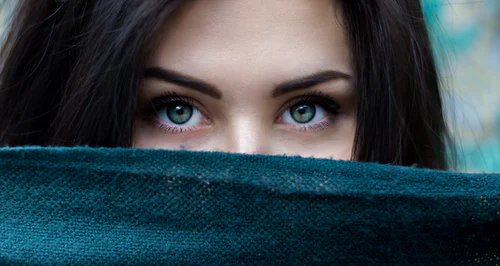8 Fun Facts about Eyelashes
Eyelashes are a natural beauty feature that can transform the appearance of a girl’s eyes and face. Many women devote a significant amount of time each day to enhancing the appearance of their eyelashes.
We can all agree that having long, thick eyelashes is a beautiful must to achieve a classic and dramatic look. Mascara or lashes, which are two of the 10 must-have items in a woman’s makeup bag, are an easy way for eyes to go from boring to sexy in seconds! But do you know that little bugs live in your lashes or that lashes grow in different phases? You might be shocked to hear some fascinating facts about the microscopic hairs that sprout on your eyelids
Here are some strange and amusing eyelash facts:
The Functions of Eyelashes

The eyes are a crucial component of the human body. The eyes of others are one of the first things we notice about them. When we make direct eye contact with another person, our eyes convey in ways that words alone cannot.
The fine hairs that line our eyelashes can sometimes draw attention to our eyes. Yes! It’s all about the lashes. Do you have a lot of lashes on your eyes? If you don’t have them, you might wish you did because they can enhance the beauty of your eyes. But why do we have them in the first place?
To embellish and lengthen their eyelashes, many people utilize makeup and various methods. Long, thick eyelashes can be very attractive. They do, however, serve several purposes other than simply boosting your appearance, which are:
- To protect your eyes. Many particles in the air, such as dust and sand, can get into your eyes and cause damage. These particles are swept out of the path by the eyelashes.
- They also help to keep moisture out of your eyes, such as sweat or rain. Because of their curved form and placement, they can divert moisture away from your eyes.
- They can also mimic the behavior of a cat’s whiskers. If something comes too close to your face or eyes, your delicate eyelashes will detect it and warn you. Particles in the air or microscopic insects could pose a threat. Your eyelashes can recognize when your eyelids need to close to protect your eyes.
- Your eyelashes, like your eyebrows and forehead, help to screen your eyes from the sun’s harsh glare. They aren’t a replacement for sunglasses, but they do help to filter the light that enters your eyes.
Some believe that eyelashes have magical abilities to grant wishes. Some folks will grab an eyelash that has fallen out and landed on their cheek with their fingertips and blow it away after making a wish. Have you ever made a wish on a single lash? Is it true that your wish has come true?
Average Length of Eyelash
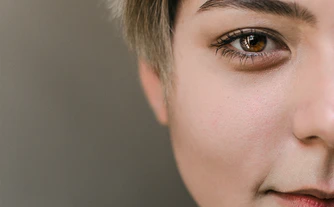
Although cosmeticians are unlikely to agree, scientists believe that eyelashes should be a third of the width of the eye.
A new study aims to address the question, “What are eyelashes for anyway?” this ratio helps keep the eyes moist.
Rather than poking real snow leopards and wild boars in the eyes, Hu and his colleagues went to the American Museum of Natural History in New York to examine the lashes on animal pelts. They measured the eye apertures and lashes of 22 different species, ranging from the Amur hedgehog, whose beady small eyes are only a fraction of a centimeter in diameter, to giraffes, whose eyes are 1.5 inches (4 cm) across. (A human eye-opening is around three-quarters of an inch (20 millimeters) in comparison.)
The researchers discovered that lashes grow longer in proportion to the size of the eyes. Eyelashes were a third of the breadth of an animal’s eye-opening on average.
The upper and lower lashes have a significant difference. Your upper lash line has a lot more hair than your lower lash line. With roughly 200 to 300 lashes, they’re almost twice as full. (You have roughly 100 on your lower lid.) They also differ in length. The lashes in the middle are usually significantly longer than those on the sides.
The record for the longest eyelash was 2.75 inches. The precise measurement was 6.99 centimeters. And, believe it or not, this record is held by a man.
The typical lash length is approximately 10 millimeters.
Normal Eyelashes Vs Distichiasis
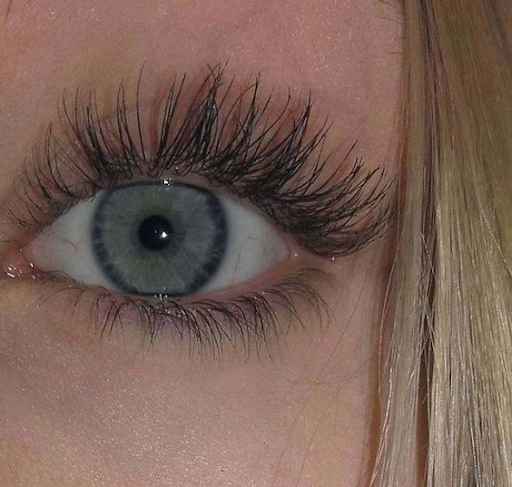
Distichiasis, also known as double eyelashes, is an uncommon disorder in which two rows of eyelashes grow together. A single lash, a few hairs, or a whole set of lashes could make up the second row. The extra lashes are usually thinner, shorter, and lighter than normal lashes.
Distichiasis usually affects all four eyelids, however, it can also affect just one of the lower lids. The meibomian glands on the edge of the eyelid produce extra lashes. Normally, these glands produce an oil that coats tears, preventing them from drying out too quickly.
You may not have any symptoms, but if you do, you may notice the following:
- a light sensitivity (photophobia)
- conjunctivitis
- corneal irritation
- eyelids that are drooping (ptosis)
Distichiasis is usually congenital, meaning it is present at birth. It’s thought to be caused by a genetic abnormality connected to heart disease.
If your eyelids become inflamed or injured later in life, you may get distichiasis.
distichiasis, on the other hand, is brought on by a variety of factors. These health problems are linked to:
- infection of the eyelids If you have seborrheic dermatitis or dandruff on your scalp and brows, you’re more likely to have inflamed eyelids. Allergies, rosacea, bacterial infections, clogged oil glands on your eyelids, and eyelash mites or lice are all risk factors.
- Being a woman. Females are twice as likely to acquire OCP as males.
- Getting older. In older people, OCP and MGD are more common.
Examining your waterline is the quickest technique to determine whether or not you have the genetic mutation for double eyelashes. Can you notice any hairs sprouting out along the waterline when you peel back your eyelid (always do this with clean hands! ) or do your eyelashes abruptly stop just where they meet this area?
There’s a probability you have the double eyelashes mutation if you can see lashes developing along your waterline. Because it is a hereditary and dominant gene, if you have this medical issue, one of your parents must as well. If you look at photographs of double eyelashes contrasted. normal eyelashes online, you’ll see that the lash line appears to have two rows of eyelashes. In some aspects, natural double eyelashes are extremely similar to this. In many respects, it’s funny that the beauty industry coined the word “double eyelashes” to describe adorable falsies.
How Many Eyelashes Does the
Average Person Have
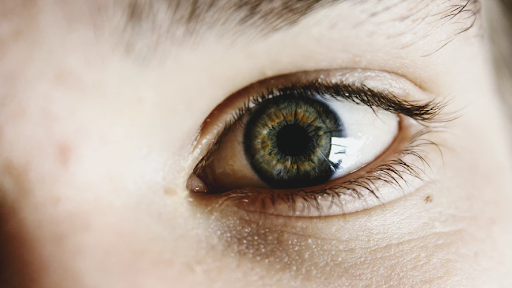
Although it may appear to be a stupid question, many people are unsure of how many they have. I’ve heard estimates ranging from 20 to 500. It’s more complicated than counting the pedals on a flower, as you can guess. The number, like the hair on our heads, is determined by a variety of factors: Nutrition, health, and personal care are all aspects of genetics.
So, to answer the question, the true amount is between 90 and 150 natural lashes per eye. The range of lashes found per eye varies greatly, which is where the factors come into play. For example, a teenager’s lashes are naturally longer and fuller than those of more mature people. Their regeneration properties are more active, meaning their lashes develop and replace themselves more quickly and are healthier than those of an older person.
Humans have 90 to 150 eyelashes on the upper lid and 70 to 80 on the lower lash line on average. But, like with anything, we aren’t all average, and there are always exceptions. Some people have as little as 50 lashes on their upper lid, while others have 200 or more.
Why Do Lashes Fall
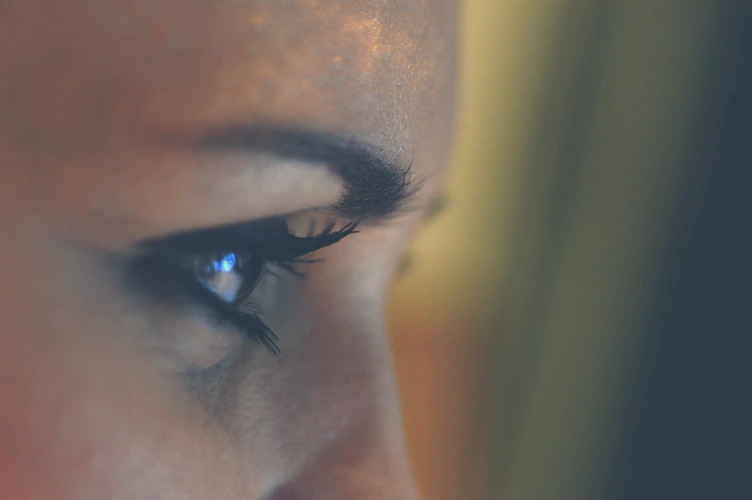
ou might have enjoyed finding a stray eyelash on your cheek as a child and blowing it off your finger to make a wish. You might be less excited as an adult if you realize your eyelashes are falling out. It’s reasonable to be concerned about whether they’ll ever grow back. However, eyelashes, like hair on your head, develop, fall out, and renew in a normal cycle.
If you use mascara and your eyelashes fall out a lot, you could be allergic to it. It’s also possible that you’re using too much mascara. Excessive eyelash loss can also be a symptom of a medical problem.
These can include the following:
- alopecia areata
- scleroderma
- hyperthyroidism
- hypothyroidism
- lupus
Blepharitis, an inflammation of the eyelids, can also cause significant lash loss. An allergy, infection, or trauma can all cause blepharitis.
If you’re having chemotherapy, you can lose your eyelashes for a while. If your eyelash loss is caused by a medical condition, your doctor may be able to treat the underlying cause. This can lead to the reemergence of normal eyelash growth. If you don’t have an underlying cause for your eyelash loss and want to accelerate lash development, there are a few medically sound options.
How Often Do Eyelashes Fall Out
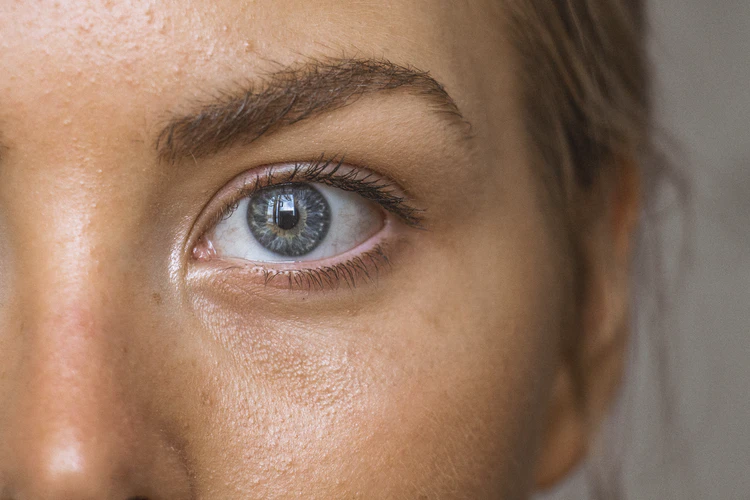
Every hair in our body, including our eyelashes, has its growth cycle. Even with different types of eyelash extensions, lash shedding is a normal part of the hair development process and should not be a cause for concern. We’re going to share 4 facts regarding lash shedding and the natural cycle with you today.
The lash shedding cycle:
- Every two weeks, a person can lose up to 20% of their natural lashes on average.
- Natural eyelashes grow in and out in cycles that last anywhere from 60 to 90 days.
- A person can normally shed between 1 and 5 natural lashes every day, depending on their specific lash growth cycles.
- A new eyelash has been growing to replace the one that has fallen out, yet most of us aren’t even aware of it.
You’re not alone if you’ve ever observed how your hair sheds more throughout various seasons. This is referred to as “seasonal molting,” and it is quite natural.
Because premium semi-permanent extensions from lash manufacturers are longer and darker than your natural lashes, they will be more apparent when they fall out. But don’t worry, lash extensions should only be shed after your natural lash has reached the end of its cycle, so your natural lashes will not be harmed.
One lash extension is attached to your natural eyelash when a qualified stylist applies a set of classic lash extensions. We apply a handmade fan of two or more lash extensions to your natural eyelash in volume. It’s a combination of the two in a hybrid. You’ll notice that when your natural lashes fall out, so do your lash extensions.
A fun fact…. Well, who knew? All hairs, including eyelashes, grow back every year.
Do Lashes Grow Back
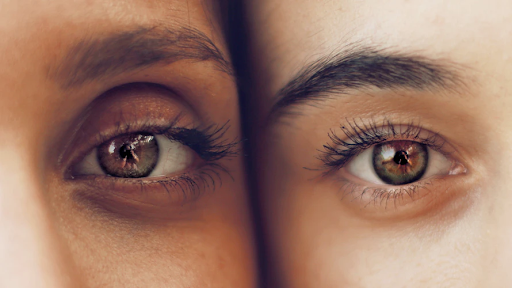
Eyelashes, like hair on the scalp, have a normal development cycle and fall out frequently. It’s common to lose a few eyelashes. Extensive eyelash loss, on the other hand, can occur for a variety of causes.
In many cases, eyelashes will regrow on their own. Treatment may help persons who want to accelerate their eyelash development.
If someone is unsure why their eyelashes are coming out, they should consult a doctor to find out what is causing them to fall out.
Though there is no clear scientific study behind this, there are claims that certain products such as coconut oil, biotin, vitamin E, Eyelash growth serums, and olive oil can be used to enhance eyelash growth, length, and strength.
Eyelash Growth Cycle
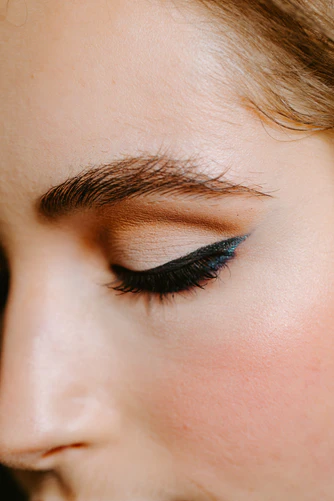
In their growth cycle, eyelashes go through three unique phases: Anagen (active growth), Catagen (transition), and Telogen (rest) (resting). It can take anywhere from four to eleven months to complete the cycle.
Anagen (Active Growth) Phase
The hair is linked to the dermal papilla (blood supply) during this phase, which ‘feeds’ the lash and aids its growth. At any given time, about 35-40% of upper lashes (and 15% of lower lashes) will be in the growth phase, ensuring that you don’t lose all of your lashes at once when the falling-out phase begins.
The Anagen phase lasts 4–10 weeks, during which time the lashes grow at a rate of 0.12–0.14 mm each day. The longer an eyelash is in the growth phase, the more it grows.
Catagen (Transition) Phase
The hair follicle shrinks and detaches from the blood supply, and the eyelash stops developing at this phase. While waiting for the next phase, the ‘transition phase’ allows lashes to preserve the length achieved during the Anagen phase. This period lasts around 2–3 weeks.
If one eyelash falls out (or is plucked out) unnaturally during this phase, the follicle remains empty until the end of the phase and the transition to Telogen. You’ll have an empty area until that follicle returns to the Anagen period.
Telogen (Shedding) Phase
The lashes are quiescent and resting during this phase, while a new baby’s hair grows inside the follicle and the old lash loses naturally. This stage lasts 3 to 4 months before the eyelash falls out and goes back into active growth. At any given time, approximately half of all eyelashes will be in this phase.
Conclusion
If you’re hearing these facts for the first time, they could astound you. Moreover, If you want to enhance your lashes with eyelash extensions, Starseed factory lashes will provide you with excellent service and results and offer customer-friendly prices for eyelash extension wholesale purchases.

